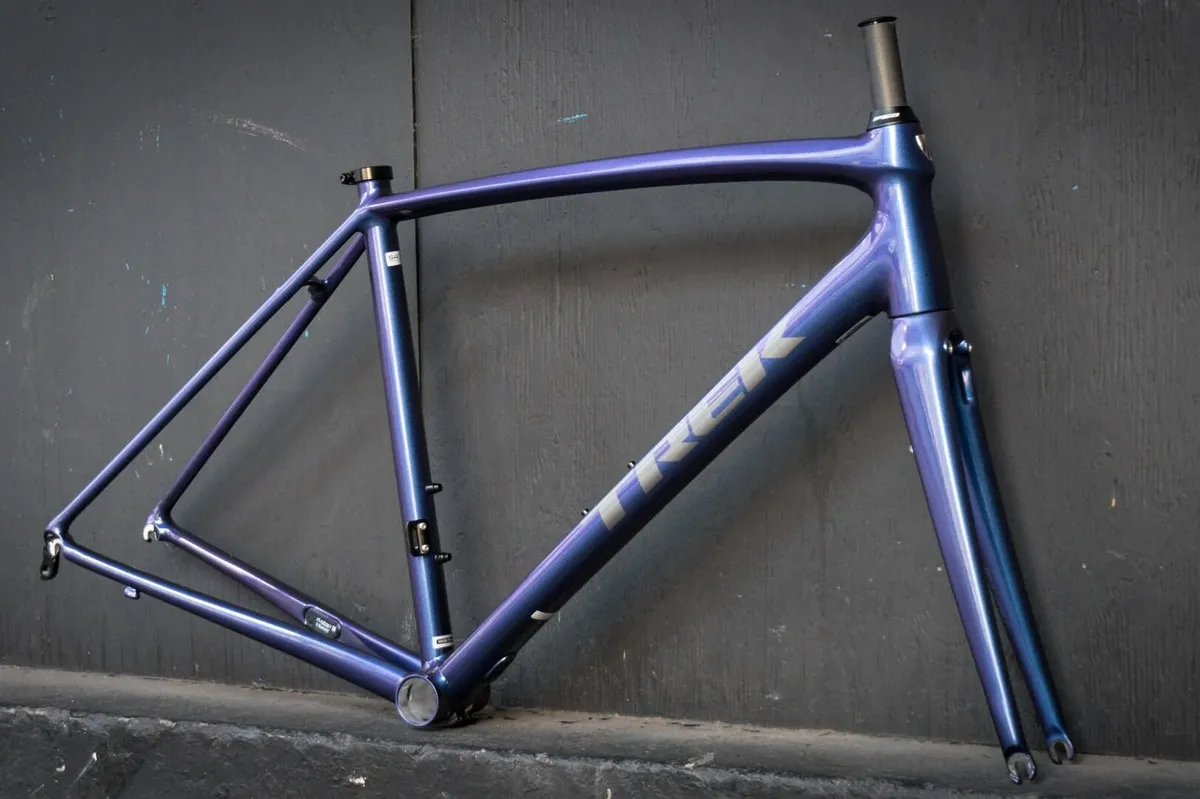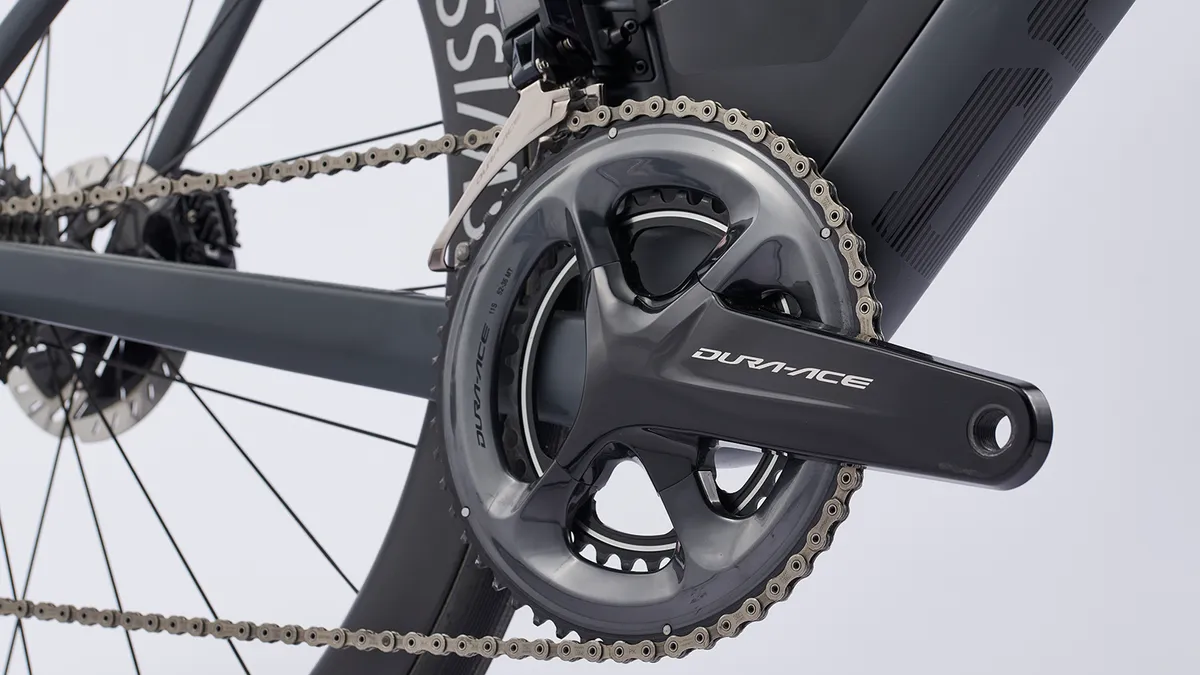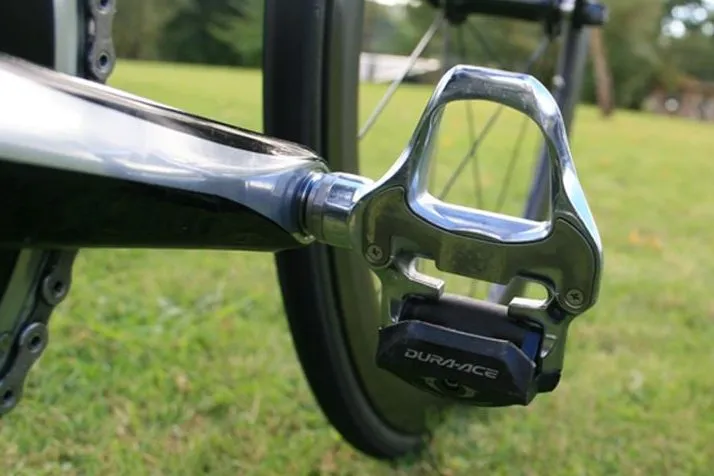There’s a general theme that runs throughout the road cycling world: aluminium is good, but carbon is better.
From framesets to wheels, groupsets and finishing kits, if we can afford it, the temptation is nearly always to go for carbon.
But that’s doing other materials a disservice, and there are plenty of times aluminium has proven itself equal to, or better, than its composite counterpart.
Sit back and feast your eyes upon five products that prove carbon isn’t always best.
Trek Emonda ALR

The Trek Emonda ALR is proof that alloy bikes should still be taken seriously as an alternative to carbon. In fact, this is one of the best aluminium bikes we've tested.
It’s prettier than many carbon frames, particularly in this sensual metallic purple flip paint job, which changes colour according to the viewing angle.
The Emonda ALR is easily mistaken for carbon until you spot the welds at the bottom bracket, and it’s light too. We weighed a 54cm frame at just over 1,200g with all its hardware, and built it into a bike weighing 7kg ready-to-ride with alloy clinchers.
There’s a disc version of the Emonda ALR too, but we have a particular affection for the rim brake model. This takes direct-mount calipers, the best rim brakes you can get.
The Emonda ALR isn’t as good as a five grand carbon bike, but it’s a hell of a lot closer to one than you might imagine, and so much cheaper.
If that doesn’t convince you, our very own senior writer, Matthew Loveridge recently reviewed his 2019 Trek ALR long-termer. Matthew has ridden a lot of bikes, and has a lot of opinions about bikes, so you can be assured that if he thinks it’s good, it’s going to be one of the best around.
Any alloy handlebar

There are many easy wins when it comes to saving weight off your overall ride. We’re talking wheels, tyres and, obviously, the rider.
However, one place you’re not likely to save much weight but are guaranteed to add a lot of expensive, and even risk, is with carbon handlebars.
Sure those carbon bars look cool, and brands claim they’re stiffer, but does having marginally stiffer handlebars really make that much difference?
Have you ever heard someone say, ‘I would have won that race if I’d had stiffer and marginally lighter bars?’ Well, we haven’t, and we doubt you have either.
Pros have also often been seen forgoing carbon bars for their peasant-like aluminium cousins. This is because any tiny difference in weight is totally offset by an aluminium bar’s ability to survive a nasty crash.
This particularly makes sense with pro bikes because they can now easily hit the UCI’s minimum weight limit of 6.8kg, so adding a bit of strength and security with an alloy bar is a no-brainer.
Finally, if this point hasn’t enraged all the full carbon finishing kit aficionados enough, we think you could say the same about carbon stems.
Just remember to let us know how angry that makes you in the comments.
Aluminium cranks

As we’ve already mentioned, the conventional wisdom within road cycling is that carbon is always better, but in the case of aluminium cranks, that’s simply not true.
Case in point comes from the biggest groupset player on the planet – Shimano still sticks doggedly to aluminium cranks, right up to the top-tier Dura-Ace road groupset, despite the other big players going to carbon.
We suspect the smart folks over at Shimano have thought long and hard, and put lots of money into making this decision, so you can be assured there’s a good reason behind this.
We can only speculate, but the improved durability, equal or greater stiffness qualities, reduced costs, and sheer good looks could all play a key part in choosing aluminium over carbon.
If you’re still not convinced, then look to the WorldTour, where plenty of teams use either Shimano or Rotor’s aluminium wares. They’re not complaining about the stiffness or weight of their cranks.
Alloy wheels

This next point has become less relevant as the relentless march of the disc brake domination on road bikes continues, but there’s no doubt that back in the glory days of rim braking, an aluminium brake track would nearly always trump a full carbon one.
Carbon wheels are lighter, and you can build them into more aerodynamic shapes, but for most of us, alloy wheels are more than adequate.
They’re usually cheaper and brake far better over a wider variety of conditions.
If that doesn’t convince you, perhaps a chap called Geraint Thomas can. A quick look on his Instagram account shows plenty of occasions over the years where he’s been riding wheels with aluminium on the brake tracks.
Someone mentioned to us that he’s the winner of a fairly big sportive around France, which takes place every summer. We haven’t tried it yet, but we’ve heard it’s quite hard, so if it’s good enough for Papa Geraint, it’s probably good enough for everyone else as well.
Shimano Dura-Ace 7810 pedals

This product has featured in another recent top 5 video but it would be difficult to not include Shimano’s Dura-Ace 7810 pedal on this list
These pedals were produced from around 2006 to 2010, and thanks to the aluminium body, we think it’s one of the best Shimano has ever made.
Along with a full aluminium body it featured a stainless steel protective plate on top, which could put up with a lot of use and abuse if you were a budding amateur racer. The wide pedal platform also gave plenty of stability for getting the power through the pedals.
WorldTour pros loved them too, thanks to their aforementioned durability and solid pedalling platform. Many riders would hold on to a pair and secretly use them over the then newer composite versions.
In fact, a quick trawl through the BikeRadar archives revealed the photo above of Team Ineos rider Ian Stannard’s bike from 2013, with Dura-Ace 7810 pedals attached.
This was a good couple of years after the pedal was discontinued, so it goes to show how good they really were.
Perhaps if Shimano did a limited-edition release, we’d see plenty of WorldTour pros snapping them up for a life in the WorldTour peloton.
What do you think of our list? Did we get it right? Or should we have picked something else?
As always, let us know in the comments, and don’t forget to like and subscribe to our YouTube channel, and click the little bell icon, so that every time we upload a video, you get a notification.
